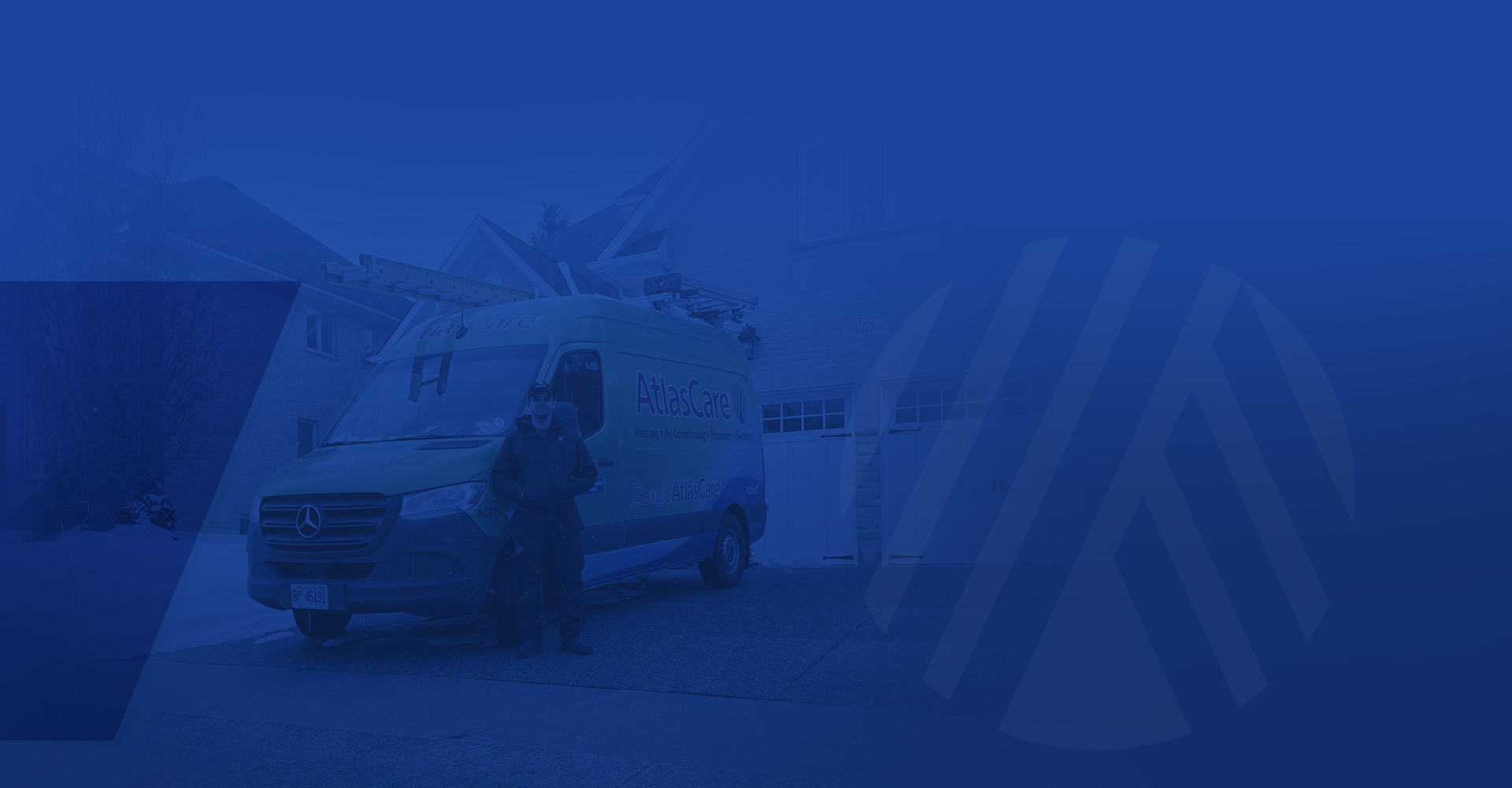What Everyone Needs to Know About Their Gas Fireplace
Much as we complain about winter here in Ontario, there are some upsides to frosty weather. Cozy fires are one of them. A fireplace can be a comfortable heat source and a fond gathering place, and gas fireplaces offer both benefits at the click of a button.
But many people aren’t sure what to think when it comes to gas fireplace safety. Are gas fireplaces safe? Are they environmentally friendly?
Here are 8 things everyone should know about their gas fireplace.
1. Safety Screens are a Must-Have
Many gas fireplaces have a tempered glass window to provide a view of the flames within. Though this glass can withstand high temperatures, its surface becomes extremely hot.
The glass window of a gas fireplace can reach a temperature of 200°C (400°) within only six minutes of the fireplace roaring to life and can remain hot to the touch over an hour after it turns off. At this temperature, burns can occur in a split second. The glass is especially dangerous to young children, who are naturally curious about fire and may not understand the risk.
Safety screens are a critical part of gas fireplace safety. Since 2015, all gas fireplaces sold in Canada with a glass front must come with an attachable safety screen. But many older models lack this important safety feature. Safety screens are a must-have purchase for anyone who has a gas fireplace in their home.
2. Be Careful When Cleaning
Like any surface in the home, the fireplace’s glass window can use a good cleaning from time to time. However, you should always follow the manufacturer’s guidance on how to clean it properly. An important rule of thumb when it comes to cleaning a gas fireplace is never wipe the glass with a damp cloth while it’s hot, as doing so can cause the glass to crack.
3. Not All Gas Fireplaces Are Equal
On the whole, gas fireplaces are clean and energy efficient. They produce far less carbon monoxide and other emissions than their traditional wood-burning counterparts. But not all gas fireplaces are equal.
There are important distinctions between gas fireplace models that impact their efficiency and performance. Some gas fireplaces are classified as ‘decorative,’ while others are heaters by design. Be sure to note the difference when comparing gas fireplace efficiency ratings.
4. Keep Flammable Materials Away
One of the perks of choosing gas over a wood-burning fireplace is the absence of red-hot sparks. However, just because the fire cannot escape doesn’t mean it presents no hazard.
The fireplace’s glass, metal, and ceramic components reach extreme temperatures during use. Some objects can ignite if left too close.
You should leave at least three feet of space between a gas fireplace and flammables like furniture, curtains, pet beds, or rugs. Use caution when it comes to decorating the mantle for holidays; always follow the manufacturer’s instructions. Never place or hang anything on the fireplace that isn’t meant to be there.
5. Bigger is Not Always Better
Nothing is cozier than a roaring fire. But when it comes to heating a home, bigger isn’t always better. A high-output fireplace in a small room can cause discomfort rather than coziness.
There are many factors to consider in choosing the ideal size of gas fireplace, including the home’s layout, insulation, airtightness, and other heat sources. Taking these issues into account, a well-located fireplace can meet up to half a home’s heating demand.
6. Beware of Carbon Monoxide
Gas fireplaces are safe. But as with all gas appliances, they do produce carbon monoxide. If something goes wrong, carbon monoxide put the home’s occupants at risk.
It’s not always easy to tell when theres a carbon monoxide leak. Carbon monoxide has no colour, smell, or taste, and the early symptoms of carbon monoxide poisoning are subtle. Therefore, carbon monoxide detectors are a critical part of gas fireplace safety, even if you don’t use the fireplace often. Ensure your home has at least one on each floor.
7. Don’t Use It During Renovations
Planning to undertake a home renovation this winter? Avoid using your gas fireplace during that time.
Drywall dust and other debris can accumulate and cause fan, motor, or burner damage. Plus, it’s never wise to have the fireplace on when there are flammable materials like drop cloths and paint cans nearby.
8. Get an Annual Tune-Up
Overall, gas fireplaces are safe and energy-efficient. But like all parts of your heating and cooling system, they require service to perform at their best. The best way to guarantee your unit runs safely and at peak efficiency is to schedule a fireplace inspection with a professional. A skilled technician will also polish the inside of the glass and clean the fans to ensure good circulation.
.2406211303550.jpg)





